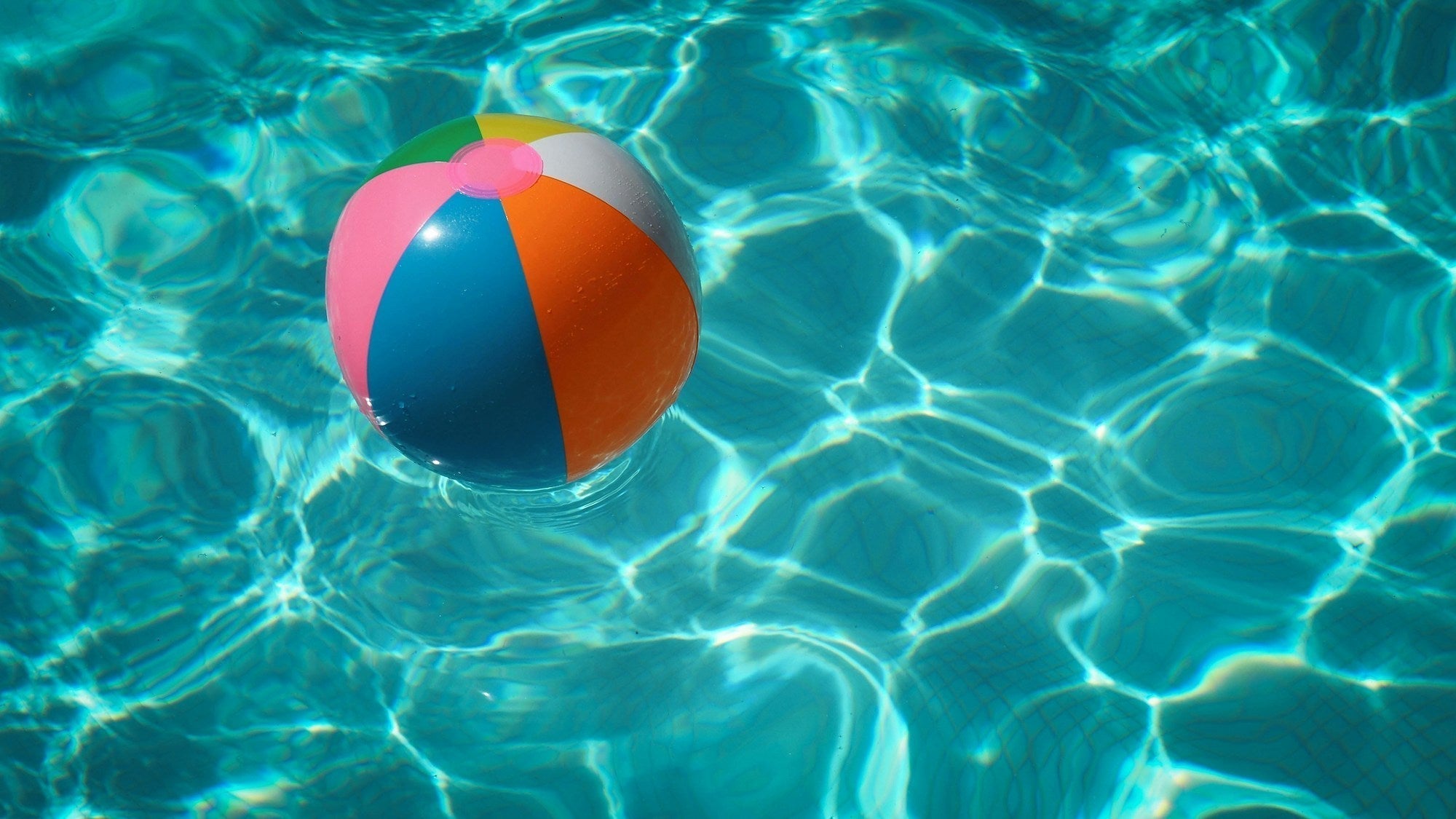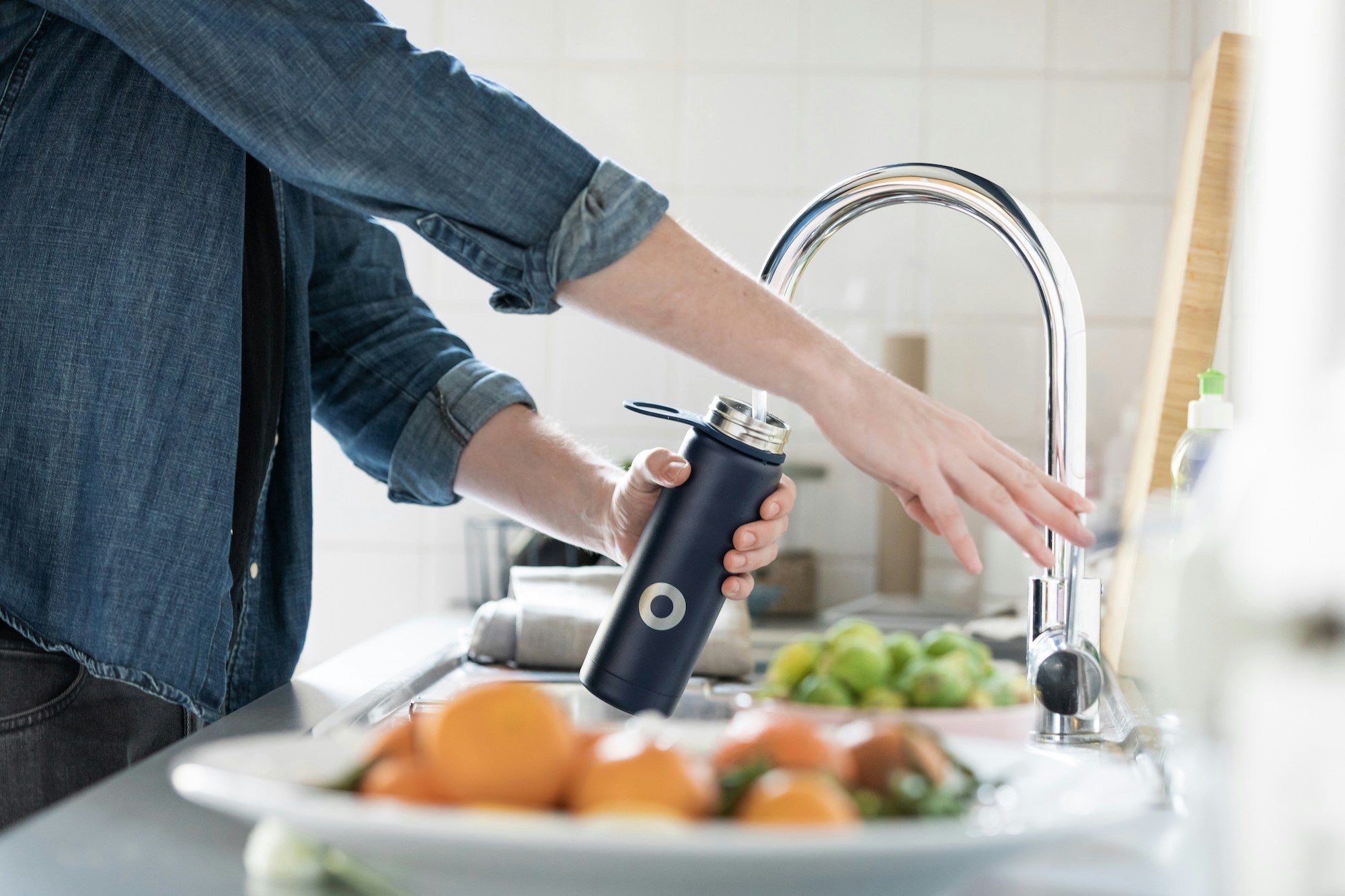
In recent years, there's been growing awareness about the chemicals lurking in everyday household products. One such chemical is 1,4-dioxane, a substance that has recently come under scrutiny, especially in the laundry detergent industry. In this blog we dive into what 1,4-dioxane is, why it's often hidden from ingredient lists, how to recognize ingredients that may contain it as a byproduct, and the latest regulatory changes that are shaking up the industry.
What is 1,4-Dioxane?
1,4-Dioxane is a synthetic industrial chemical used primarily as a solvent. It's not intentionally added to products but is a byproduct of certain manufacturing processes, particularly those involving ethoxylation, which is a common method used to make detergents more water-soluble. As a result, 1,4-dioxane can be found in trace amounts in many household products, including shampoos, soaps, and, most notably, laundry detergents.
Health Impacts of 1,4-Dioxane
Exposure to 1,4-dioxane has raised health concerns due to its classification as a probable human carcinogen by the U.S. Environmental Protection Agency (EPA). Prolonged or significant exposure to this chemical has been linked to liver and kidney damage, and it can also irritate the eyes, nose, and throat. While the amounts found in consumer products are generally low, the potential for cumulative exposure is a significant concern, especially when using multiple products containing this contaminant.
Why is 1,4-Dioxane Not Mentioned on Ingredient Lists?
One of the most troubling aspects of 1,4-dioxane is its invisibility on ingredient lists. Since it is not intentionally added but rather a byproduct of the manufacturing process, it often goes unlisted. This lack of transparency makes it challenging for consumers to make informed choices about the products they bring into their homes. Manufacturers are not currently required to disclose the presence of 1,4-dioxane, which underscores the importance of choosing brands committed to transparency and safety.
How to Recognize Ingredients that May Contain 1,4-Dioxane
Although 1,4-dioxane itself may not be listed on ingredient labels, certain ingredients are known to produce it as a byproduct. Here are some common ones to watch out for:
- PEG Compounds: Ingredients that begin with "PEG" (polyethylene glycol) such as PEG-100 stearate.
- Polyethylene and Polyethylene Glycol: These are often found in creams and lotions.
- Polysorbates: Such as polysorbate-20 and polysorbate-60.
- Ingredients Ending in -eth: Such as ceteareth, oleth, and sodium myreth sulfate.
- Sodium Laureth Sulfate (SLES): A common detergent and surfactant found in many personal care products.
If you see these ingredients on a product label, it's a signal that 1,4-dioxane may be present as a contaminant.
Recent Regulatory Changes
In response to growing public concern and scientific evidence, there have been significant regulatory changes regarding 1,4-dioxane. Notably, New York has taken a leading role by implementing stringent limits on the allowable concentration of 1,4-dioxane in household cleaning products. The new regulations, which came into effect in 2022, mandate that laundry detergents must contain less than 2 parts per million (ppm) of 1,4-dioxane, decreasing to 1 ppm by 2023.
This regulatory shift has compelled many major brands to reformulate their products to comply with the new standards. While this is a positive step for consumer safety, it also highlights the ongoing need for vigilance and advocacy. Consumers can play a crucial role by supporting brands that prioritize non-toxic ingredients and full transparency.
A Final Note...
While the presence of 1,4-dioxane in laundry detergents and other household products is concerning, recent regulatory changes are a step in the right direction. The aim of this blog, as always, is to keep you informed so that you can help protect your health and the health of your loved ones - hopefully it serves as another step towards a healthier, safer home.
For more information about our non-toxic Laundry Wash, click here.







